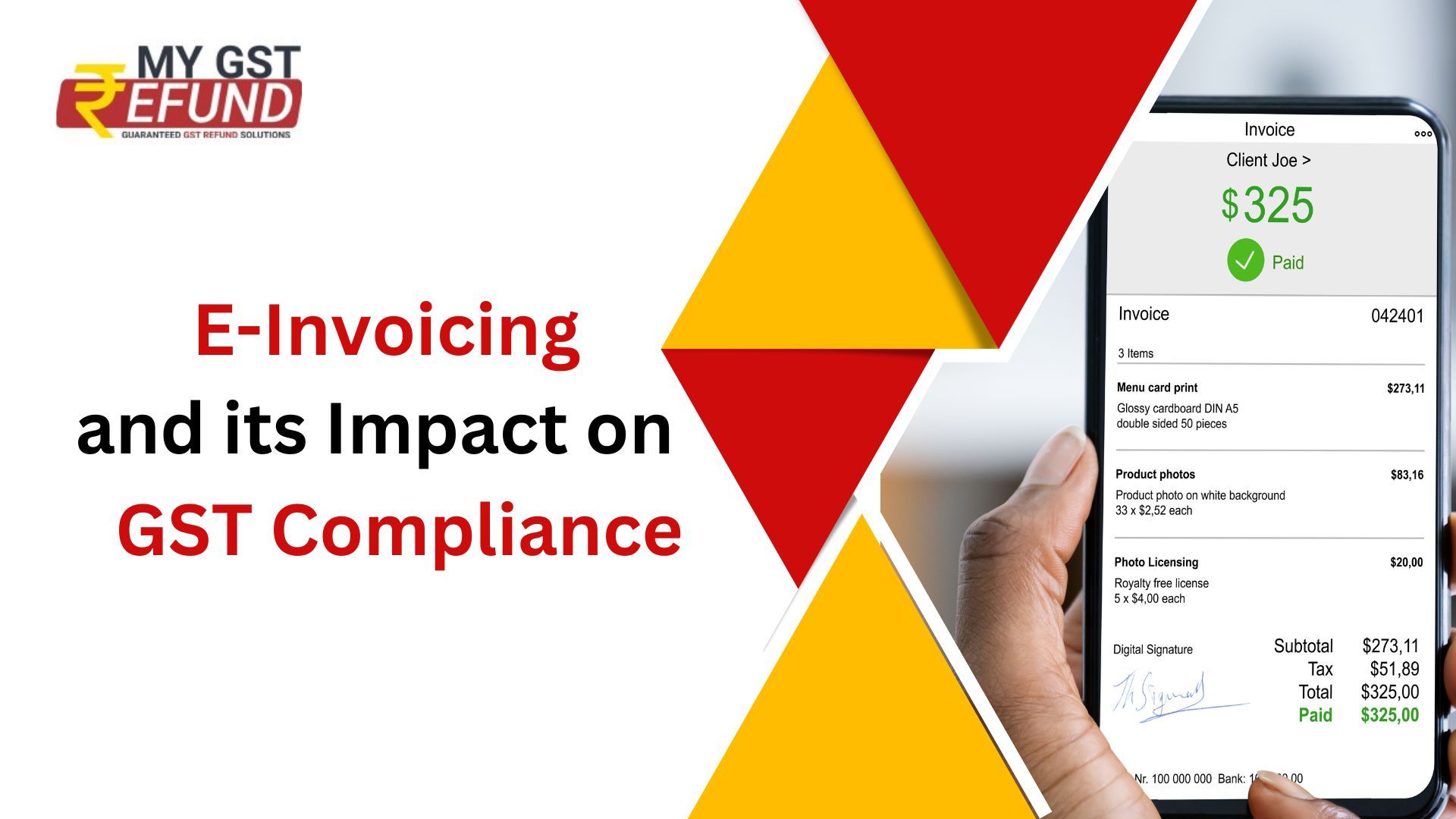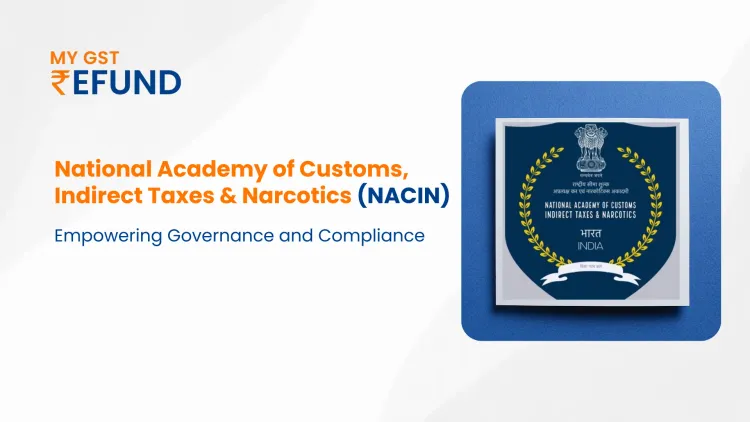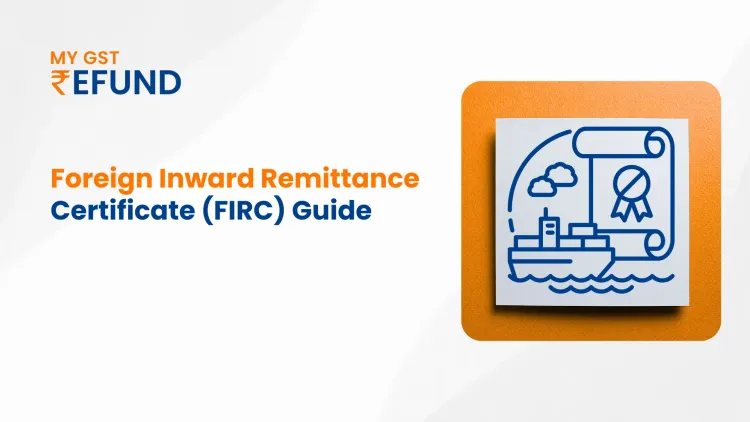E-Invoicing and its Impact on GST Compliance
Published on: Mon Nov 06 2023
Electronic invoicing, or e-invoicing, is a digital transformation that has revolutionized the way businesses create, exchange, and process invoices. It's an innovative approach to streamline financial transactions while promoting transparency and efficiency. In the context of tax compliance, e-invoicing plays a crucial role, particularly in countries like India, where the Goods and Services Tax (GST) regime is in effect.
Understanding E-Invoicing
E-invoicing is the generation and exchange of invoices electronically, often in standardized formats, ensuring a consistent and structured flow of financial information. It replaces traditional paper-based invoices and manual data entry, making the entire invoicing process digital.

E-Invoicing Mechanism in India
E-invoicing is part of the government's "Digital India" initiative, aimed at reducing tax evasion, improving the ease of doing business, and promoting transparency in financial transactions. It became mandatory for certain businesses to adopt e-invoicing as of October 1, 2020.
Initially, e-invoicing was applicable to businesses with an annual turnover exceeding a specific threshold. The threshold varied over time and was set by the government.It primarily targeted large and medium-sized businesses.
Under the e-invoicing mechanism, businesses need to generate invoices in a specific format, known as the Invoice Reference Number (IRN). The IRN is generated through the Invoice Registration Portal (IRP), a government-approved platform.
The GST Connection
The Goods and Services Tax (GST) connection in e-invoicing is a fundamental aspect of the digital invoicing system in India. E-invoicing is closely integrated with the GST framework and plays a pivotal role in ensuring accurate and efficient GST compliance. Here's a detailed look at the GST connection in e-invoicing:
1.Real-time Reporting:
E-invoicing mandates the real-time reporting of invoice data to the Goods and Services Tax Network (GSTN), the central IT infrastructure responsible for handling GST-related activities. When businesses generate e-invoices, the invoice data is automatically transmitted to the GSTN in a structured format.
2. Invoice Data Integration:
The GSTN seamlessly integrates the e-invoice data into the GST return filing process. This integration ensures that the information provided in GST returns is accurate and consistent with the data contained in the e-invoices.
Benefits of E-Invoicing for GST Compliance
E-Invoicing offers numerous benefits for GST (Goods and Services Tax) compliance in countries like India. It plays a pivotal role in simplifying the tax reporting process, reducing errors, and increasing transparency. key benefits of E-Invoicing for GST compliance:
1. Error Reduction:
E-Invoicing minimizes the risk of manual data entry errors that are common in traditional paper-based invoicing.
2. Transparency:
E-Invoicing promotes transparency in financial transactions. Both businesses and tax authorities have access to the same data, which enhances trust and reduces opportunities for fraudulent activities.
3. Reduced Tax Evasion:
The real-time monitoring and reporting of e-invoices make it more difficult for businesses to underreport their sales and evade taxes. This acts as a strong deterrent against tax evasion.
4. Audit Trail:
E-Invoicing systems maintain a comprehensive audit trail of all invoice-related activities. This trail can be useful for businesses during audits and investigations, as well as for tax authorities when reviewing a business's compliance history.
Integration with GSTN
One of the key features of e-invoicing in India is its integration with the Goods and Services Tax Network (GSTN). This integration enables real-time reporting of invoice data to the GSTN, ensuring that the tax authorities have access to accurate and up-to-date information.
Simplified Compliance Process
E-Invoicing significantly simplifies the GST compliance process in the following areas:
1.Automated Invoice Generation
E-Invoicing automates the process of invoice generation. Businesses can generate standardized digital invoices, reducing the need for manual data entry and minimizing errors.
2. Real-time Data Transmission
E-Invoicing ensures the real-time transmission of invoice data to the tax authorities. Businesses no longer need to compile and submit invoices separately for GST returns, as the data is automatically shared with the GSTN (Goods and Services Tax Network).
3. Auto-population of GST Returns
E-Invoicing systems allow businesses to auto-populate their GST returns with the e-invoice data. This eliminates the need for manual input of transaction details in the GST return forms, saving time and reducing the risk of errors.
4. Reduced Reconciliation Effort
E-Invoicing simplifies the reconciliation of input and output tax, as the system ensures consistency in invoice data. This minimizes the manual effort and potential errors associated with reconciling transactions.
Related Posts





